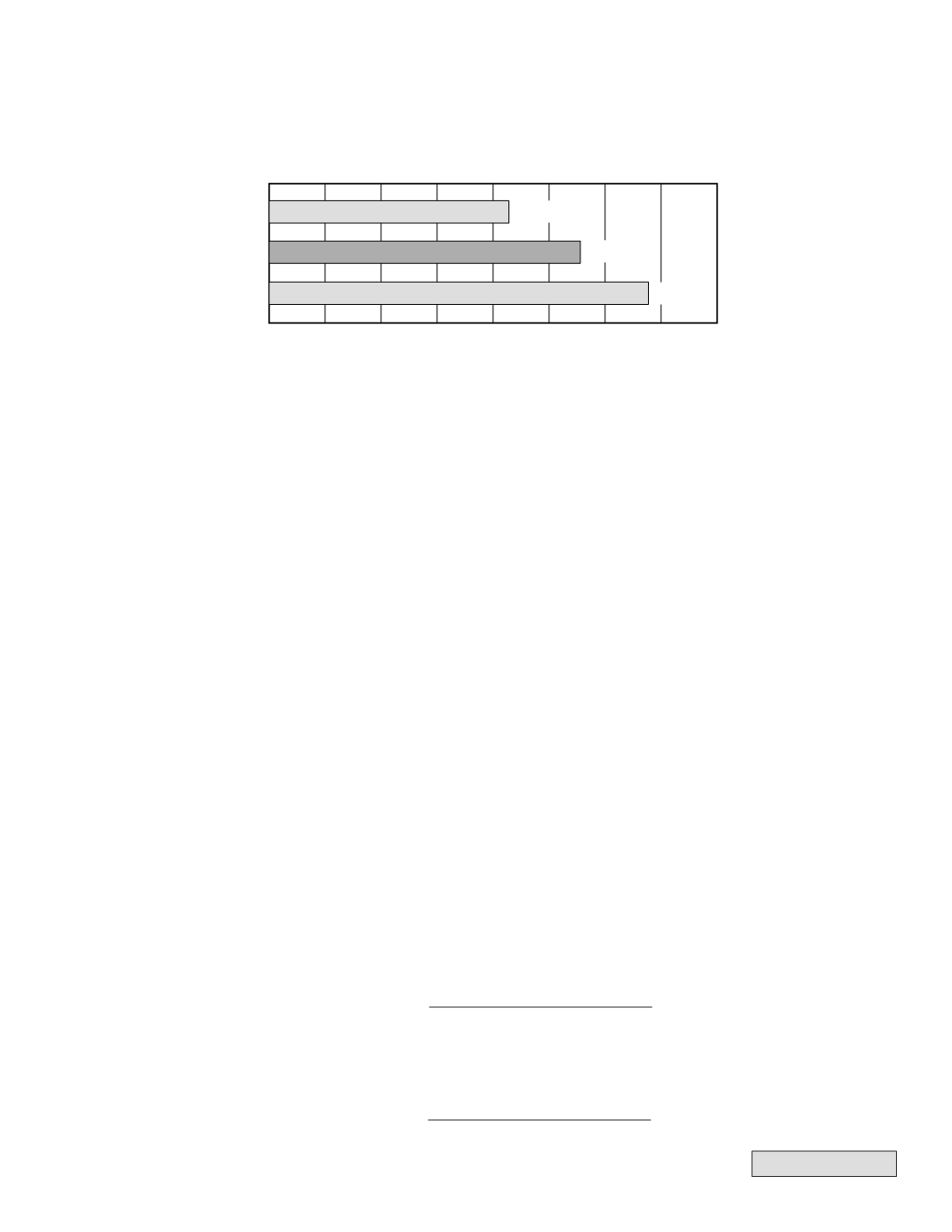

WHEN — Q3 2014
Dayton Parts LLC
(continued from page 4)
continued on page 6
5
0
50
100 150
200 250 300
350 400
Stopping Distance (Feet)
FMVSS-121 Buses
280 ft
FMVSS-135 Passenger Car
216 ft
FMVSS-121 Single Unit Truck/Tractor 26,000 lbs. & up 335 ft
January 1, 1975 — FMVSS-121 Stopping Requirements
FMVSS-121 and the Paccar Decision
– Due to the lack of a reliable ABS system, Paccar along with the American
Trucking Association (ATA) filed a law suit against the NHTSA claiming there was no proven technology available to
th
meet the FMVSS-121 ABS mandate at that time. In 1978, the 9 Circuit Court of Appeals ruled against the NHTSA and
invalidated all of the ABS requirements of FMVSS-121 for trucks and trailers but the stopping distances remained
unchanged. So this court decision leads me to ponder the following. A federal court wouldn’t rescind the ABS
requirements if they were truly essential to meet the newly imposed stopping distances. That would put the safety of
the public on the highways at great risk. However the stopping distances were left unchanged and the truck
manufacturers still met them without an ABS system. This begs the obvious question, “Why then was an ABS brake
system mandated in the first place?”
FMVSS-121 Friction Material Test
– All friction material has to pass this test to be considered for OE approval. There
are 4 parts to this test –
Brake Effectiveness
(or retardation),
Brake Power
(or fade),
Hot Stop
and
Brake Recovery
.
This test is conducted with a wheel load (WL) of either 11.5k for a 23k axle rating or 10.0k for a 20k axle rating
depending on which one the friction material is being tested for. A complete brake assembly from the air chamber to
the brake drum is used unlike the FMSI/SAE J661 test which used a 1" square of friction material. There is a very
specific procedure outlined for how this test is to be done however the friction material manufacturer determines the
size of the air chamber, slack arm length and the static loaded radius (SLR) they want to use (sometimes the SLR is
referred to as the rolling radius). The test set-up is usually determined by the normal application for the friction
material being tested. For example to test 4702 block (15.0" x 4.0" brake size) it most likely would be a type 20
chamber with a 5.5" slack arm length and a SLR of 19.5" for an 11.00R22.5 tire. Another side note here. What if this
same 4702 brake assembly was being used with a 19.5" wheel/low profile tire? Would that change the amount of
brake force? Sure it would. Tire size has a direct bearing on the amount of brake force since that’s how the
deceleration of the vehicle gets transferred to the ground.
Back to our brake force formula to illustrate with a few changes -
PRF – changed to 460 to reflect a type 20 chamber at 2" of stroke at 40psi
DR – changed to 7.50” radius of a 15.0" drum
First an 11.00R22.5 tire with a SLR of 19.5"
Next a 265/70R19.5 tire with a SLR of 15.9"
(2 x 460 x 5.5 x 0.45 x 7.50) x .6
(0.5 x 19.5)
1,050.9 =
(2 x 460 x 5.5 x 0.45 x 7.50) x .6
(0.5 x 15.9)
1,288.9 =

















